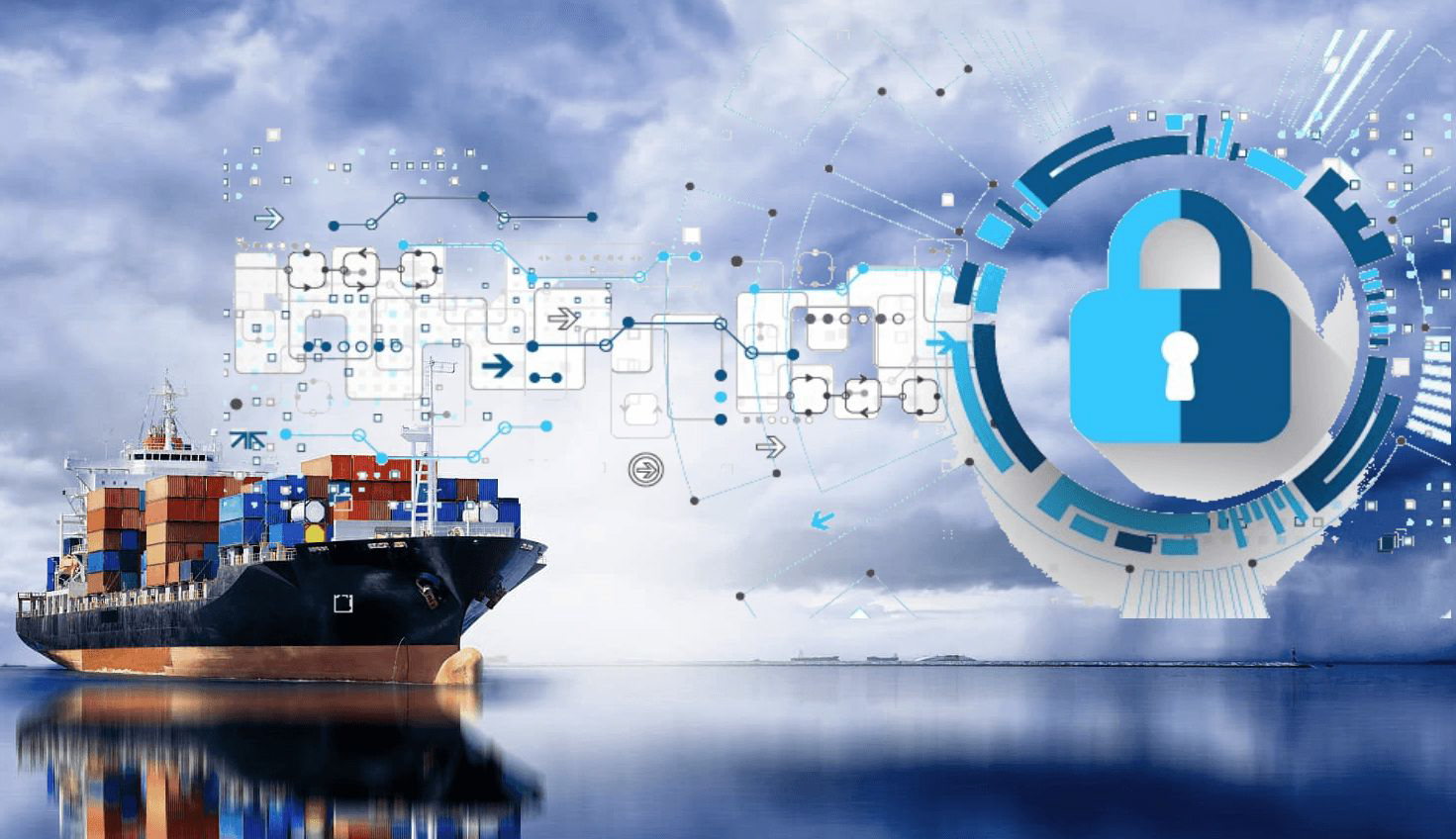Marine Cybersecurity Solutions for Ports – Securing Digital Maritime Infrastructure
As ports around the world—and particularly in Nigeria—become smarter and more digitally connected, they also face growing threats from cyberattacks. From terminal operating systems (TOS) and vessel scheduling software to customs clearance platforms and IoT-based surveillance, ports rely heavily on digital systems to operate efficiently. This digital reliance has made marine cybersecurity solutions for ports a top priority for stakeholders in logistics, trade, and national security.
In this article, we explore the core components of marine cybersecurity, common threats to port infrastructure, and how Wigmore Trading supports port authorities, terminal operators, and contractors in securing critical systems through strategic sourcing and logistics.
Why Cybersecurity Is Crucial for Ports
Modern ports handle vast amounts of data and depend on seamless digital operations for:
-
Cargo handling and container tracking
-
Port access control and surveillance
-
Electronic customs documentation
-
Ship berthing and traffic scheduling
-
Energy management and remote monitoring
A cyberattack on any of these systems could cause:
-
Port shutdowns or cargo delays
-
Loss of confidential trade or government data
-
Supply chain disruptions
-
Financial losses or ransom demands
-
Loss of international compliance certifications (e.g., ISPS Code)
Cybersecurity is now as important as physical security in safeguarding ports against economic, operational, and geopolitical risks.
Common Cyber Threats in Maritime Ports
1. Ransomware Attacks
Malware can encrypt a port’s data or shut down terminal operations, demanding a ransom to restore access.
2. Phishing and Credential Theft
Port employees and contractors are often targeted with emails that trick them into revealing login credentials or installing malicious software.
3. SCADA/OT Network Intrusions
Operational technology (OT) like cranes, fuel pumps, and gate systems may be vulnerable if not properly segmented from IT networks.
4. Supply Chain Attacks
Third-party service providers or software vendors may be used as an entry point for attackers to compromise port systems.
5. Insider Threats
Disgruntled employees or poorly trained staff can unintentionally expose ports to breaches through poor password hygiene or unauthorized access.
Core Components of Marine Cybersecurity Solutions
1. Network and Endpoint Protection
-
Firewalls, anti-malware, and intrusion detection systems (IDS)
-
Secure Wi-Fi and virtual private networks (VPNs) for remote access
-
Encryption of sensitive communication and data in transit
2. Access Control and User Authentication
-
Role-based access permissions
-
Multi-factor authentication (MFA) for critical systems
-
Physical-digital integration for port gate security
3. Operational Technology (OT) Security
-
Air-gapped or segmented OT networks
-
Monitoring and patching of crane, SCADA, and automation systems
-
Real-time anomaly detection tools
4. Security Information and Event Management (SIEM)
-
Real-time monitoring of all systems and devices
-
Centralized logging for incident investigation and compliance
-
Threat intelligence integration for early warnings
5. Cybersecurity Training and Policy
-
Regular staff awareness training
-
Incident response planning and drills
-
Vendor risk management and compliance reviews
How Wigmore Trading Supports Marine Cybersecurity Projects
Wigmore Trading plays a vital role in helping ports and security contractors deploy marine cybersecurity infrastructure through reliable procurement, delivery, and technical sourcing services.
1. Supply of Cybersecurity Hardware
We source enterprise-grade firewalls, routers, network switches, backup systems, and ruggedized endpoint devices from leading global manufacturers.
2. IT Infrastructure and Data Center Equipment
Wigmore Trading delivers servers, racks, cooling systems, and power backup components for secure port data centers and remote monitoring facilities.
3. Secure Networking and Surveillance Integration
We provide components that link physical port security systems—like CCTVs and access gates—with digital monitoring platforms for a unified security posture.
4. Compliance Support Equipment
We help ports meet cybersecurity requirements under international frameworks like the ISPS Code, IMO cyber risk guidelines, and NIMASA directives by supplying vetted technology and documentation support.
5. End-to-End Logistics and Clearance
Our team ensures fast, compliant importation and delivery of sensitive IT equipment, coordinating with customs, NCC, and port security authorities.
Get in touch with Wigmore Trading today to support your marine cybersecurity strategy with trusted equipment sourcing and infrastructure logistics.
Conclusion
As Nigeria’s ports modernize and digitize, they must invest in marine cybersecurity to protect vital infrastructure and ensure uninterrupted trade. With increasing reliance on smart port systems, surveillance platforms, and cloud-based logistics tools, securing both IT and OT environments is non-negotiable.
Wigmore Trading stands ready to support your marine cybersecurity goals through dependable sourcing, logistics, and delivery of critical digital infrastructure.








Comments are closed.